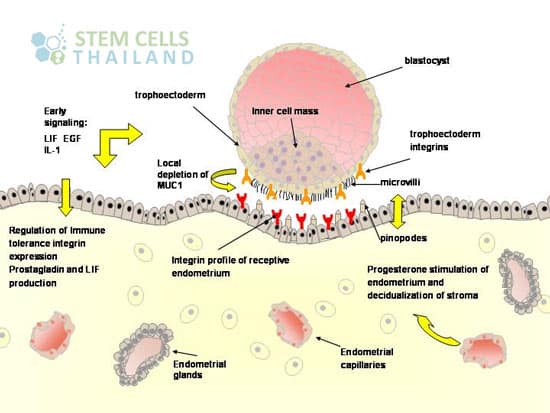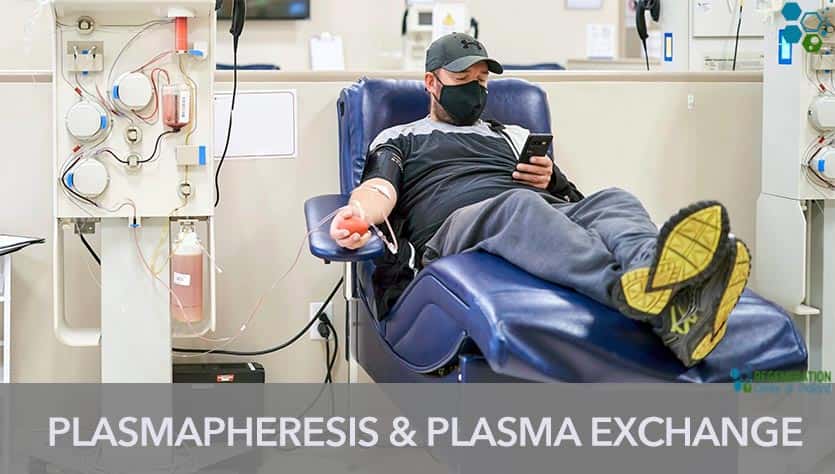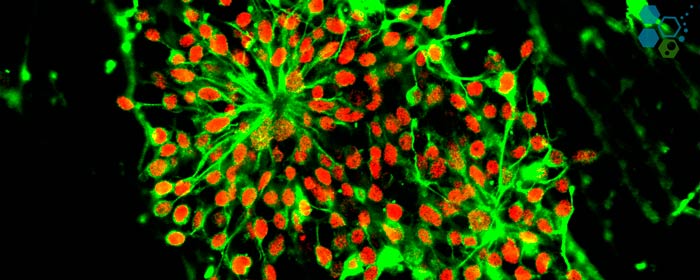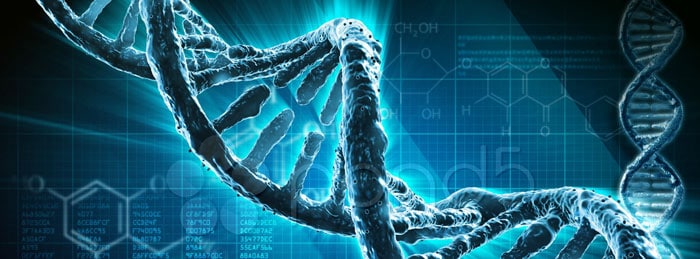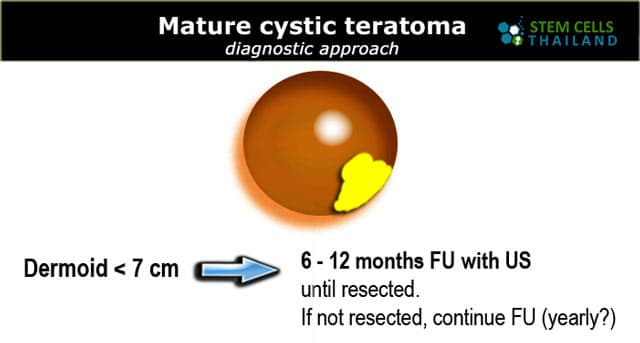Blastocyst are embryos that has undergone development five or six days post fertilization period. The number of cells that a human blastocyst may contain ranges between 70 and 120. Blastocyst occur after the morula enters the females uterine cavity and develops a fluid-filled cavity. The morula then becomes what appears to be a hollow ball of cells that is also known …
Neural Stem Cells Therapy & Neuroplasticity Glial Cells Neurons
Neural stem cells have the capability to transform into glial cells or neurons. Oligodendrocytes used in treatment of TM and astrocytes are examples of glial cells. What are Neural Cells and Why are they Important? Different areas of the human body, spinal cord and brain house different types of specialized stem cells. In haematology for example, cord blood derived stem …
Pheresis Blood & Platelet Donation | Apheresis Hemapheresis
Pheresis refers to the process of stem cell extraction from blood. It involves the passing of donor blood through an extraction machine and the eventual isolation of the stem cells (PDF Link) found within prior to pumping of the blood back into the heart and vascular system. The term “pheresis” (or “apheresis” from the Greek “to take away”) refers to a medical …
Benefits of Therapeutic Cloning in Stem Cell Science
Therapeutic cloning refers to a process of utilizing SCNT or the somatic cell nuclear transfer for the production of cells exactly matching the patient. The procedure involves the combination of the patient’s enucleated egg and somatic cell nucleus. Therapeutic cloning Vs Reproductive cloning Therapeutic cloning, also known as somatic cell nuclear transfer (SCNT), is a form of cloning where the …
Regenerative Medicine Tissue engineering & Molecular Biology
The term Regenerative medicine pertains to a medical field focusing on treatments utilizing adult stem cells and embryonic stem cells. These are used to stimulate the process of differentiation into a particular cell variant deemed necessary for cell and tissue repair. Welcome to our comprehensive guide on regenerative medicine, a revolutionary approach to healthcare that’s set to change how we treat …
Teratoma Symptoms and Causes | Teratomas and Cancer
Teratomas are fascinating and somewhat enigmatic tumors that are derived from pluripotent cells. These tumors can contain tissue from all three germ layers (ectoderm, mesoderm, and endoderm), which means they can comprise a diverse array of tissue types, from teeth to hair to glandular tissue. The presence of these varied tissues in a single tumor is what makes teratomas unique. …

